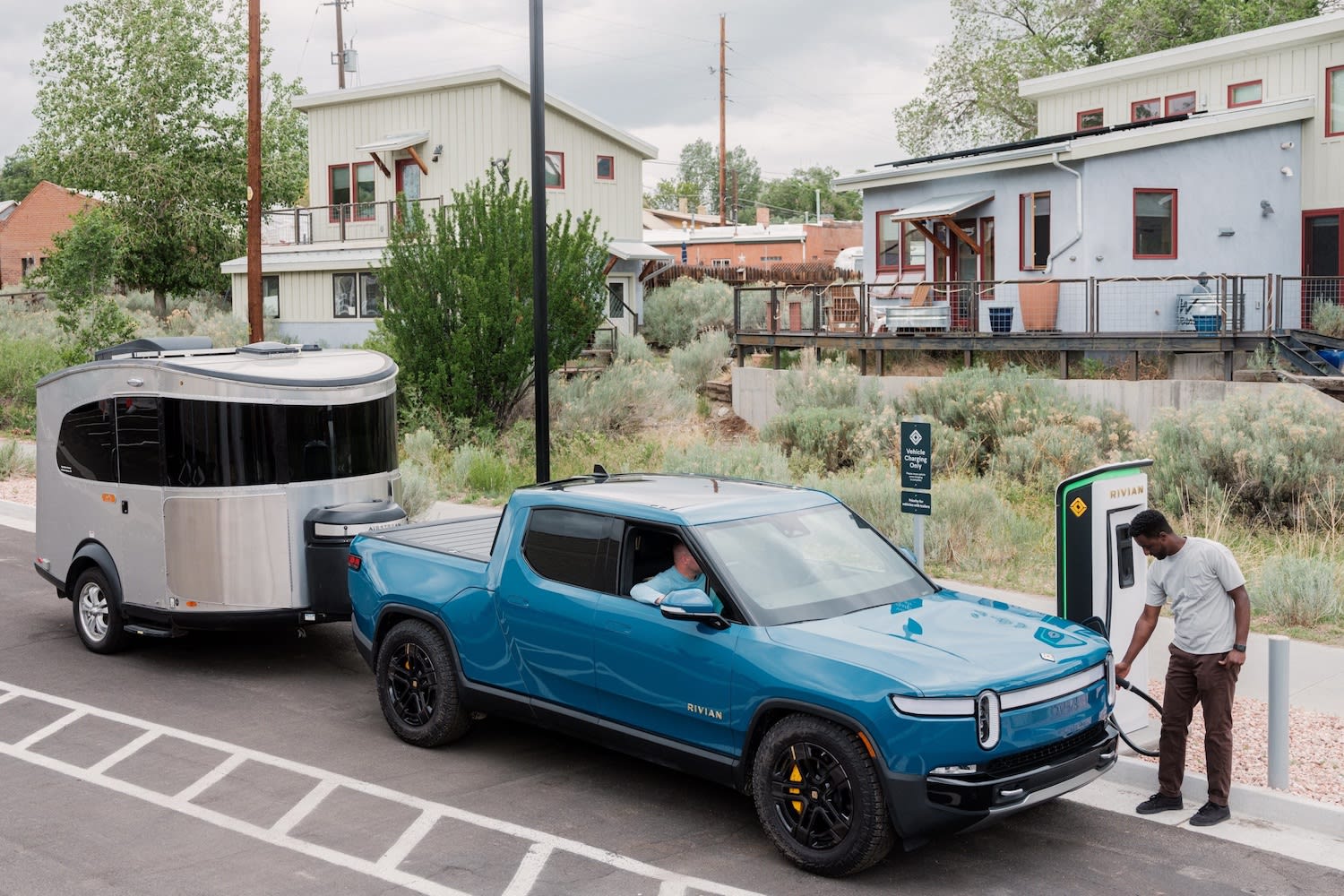Camera: Olympus E-M1 Mark II
"Other than that, how was the play, Mrs. Lincoln?"
Camera: Olympus E-M1 Mark II
Focus Stacking
I was recently talking to my sister about photography and I brought up the topic of focus stacking. It's hard to explain, so here's a demonstration.
Magnifying for Macro
Focus Stacking Example
Olympus Capture
Getting Started
Moving the Focus Across the Subject
Stacking the Images
Watching the Focus Move
Stacking Non-macro shots
More Examples of Macro and Stacked Images
- Yellowjacket wasp eye, stack of 335 shots.
- Blue carpenter bee, 296 shots stacked.
- Tick, stack of 101 shots.
- Dissolving sutures macro shots. This page not only discusses the appearance of real-life sutures, but makes a conjecture about how they are tied by a surgeon. Then a surgeon who is also a photographer weighs in, and the photographer eventually presents the images to the surgeon who performed the operation. Photography, knots, surgery - all in one place!
- Popcorn salt on top of a penny, 330 shots in a stack. Neat! Click here for the discussion, and here for the picture.
- Robber fly parts, a few different stacks are shown. I believe this was done with a microscope objective, attached to the camera with other lenses or adapters.
Planning The Road Trip
Here are a few miscellaneous notes on the latest in electric vehicles and worthy destinations to which to drive said vehicles.
Vehicles
Alpha Motor Corporation
.jpg?format=750w) |
| It just sits in your garage while you admire it. When it's sunny out, you can pull it into the driveway, and admire it. But do not drive it anywhere. |
Meet the Alpha Montage! It's a neat-looking car, but the fine print indicates that it won't be a street-legal car, which is good, because it means you don't have to worry about someone scratching it in a parking garage. On the other hand, you can't drive it anywhere except your driveway. Maybe you can afford a ticket, given that this car will cost $500K.
Fortunately, the company has other options if you don't have a half mil burning a hole in your pocket and you like to, you know, drive your car places and do stuff. They will offer the more down-to-earth REX Utility Vehicle ($52,000) and the SAGA Sedan ($48,000). These two will turn plenty of heads and you'll still be able to retire at 65.
None of these cars appear to be for sale yet, but you can reserve one today, and cross your fingers that Elon Musk doesn't buy the company and run it into the ground before yours is delivered.
Rivian
Rivian has a development center in Plymouth, MI, as well as other places in the US. Amazon has made a deal with them to create a fleet of delivery vehicles. I saw one of them the other day, so it's becoming a reality.
 |
| The Rivian R1T, pulling a trailer full of gasoline and unrecyclable plastic. |
Not gigging as an underpaid Amazon delivery driver? Consider one of Rivian's cool R1T pickups instead. At night, with the lights on, they look like spaceships.
GM
 |
| Driving a Cadillac Lyriq is like having a really expensive watch - the rest of your wardrobe better match, or you just look like a doofus. |
I love the look of the new Cadillac Lyriq. Their commercials indicate that its drivers must be young and rich and super attractive. I may be super attractive, but I'm not young or rich, so I'm going to call GM and ask if it's OK for me to buy one. It's not cheap ($63,000 and up), but I could own one and still retire at 65.
Places to Go
I didn't know that the Belle Isle Aquarium existed, but it does, and it remains completely waterproof thanks to the efforts of the Bell Isle Conservancy.
Do you need a place to "go"? Swing by the two-story outhouse in Cedar Lake, MI, and pick your level!
I'd like to drive my Cadlillac Lyriq to the House of Automata, but unfortunately, it's in Scotland, so unless these new electric vehicles can float and paddle, I'm out of luck.









